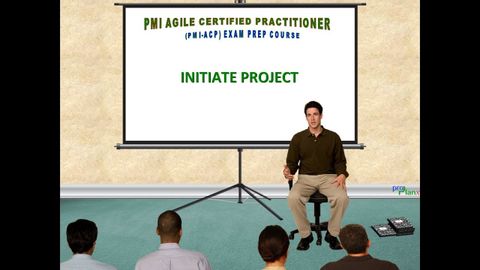
Subtitles & vocabulary
03 - INITIATE PROJECT | PMI-Agile Certified Practitioner Exam Prep Course | ProplanX
00
陳柏霖 posted on 2015/02/13Save
Video vocabulary
process
US /ˈprɑsˌɛs, ˈproˌsɛs/
・
UK /prə'ses/
- Transitive Verb
- To organize and use data in a computer
- To deal with official forms in the way required
- Noun (Countable/Uncountable)
- Dealing with official forms in the way required
- Set of changes that occur slowly and naturally
A2TOEIC
More work
US /wɚk/
・
UK /wɜ:k/
- Noun (Countable/Uncountable)
- The product of some artistic or literary endeavor
- Everything created by an author, artist, musician
- Verb (Transitive/Intransitive)
- To bring into a specific state of success
- To be functioning properly, e.g. a car
A1TOEIC
More business
US /ˈbɪznɪs/
・
UK /ˈbɪznəs/
- Noun (Countable/Uncountable)
- A company formed for making profit
- Matter that has to be dealt with; task; situation
- Adverb
- Engaged in work or commercial activity.
- Seriously; with determination.
A1TOEIC
More project
US /prəˈdʒɛkt/
・
UK /prəˈdʒekt/
- Verb (Transitive/Intransitive)
- To predict what will happen in the future
- To show something on a screen using light
- Noun (Countable/Uncountable)
- A planned piece of work for specific purpose
- Group of homes built by government for poor people
A1TOEIC
More Use Energy
Unlock All Vocabulary
Unlock pronunciation, explanations, and filters
